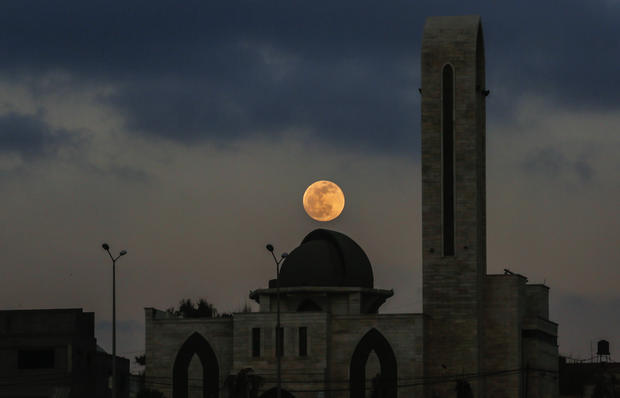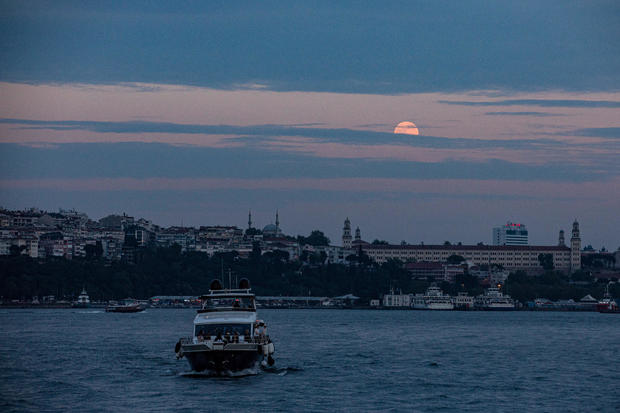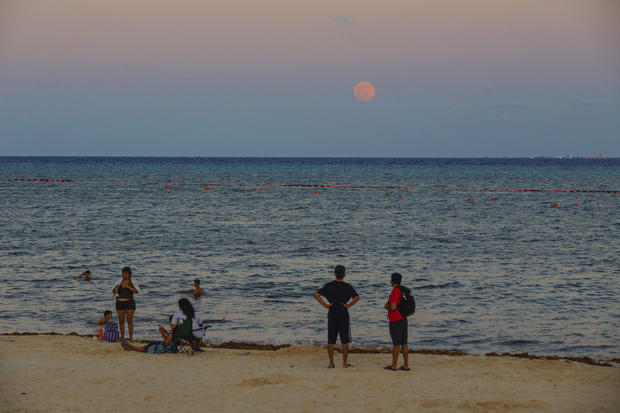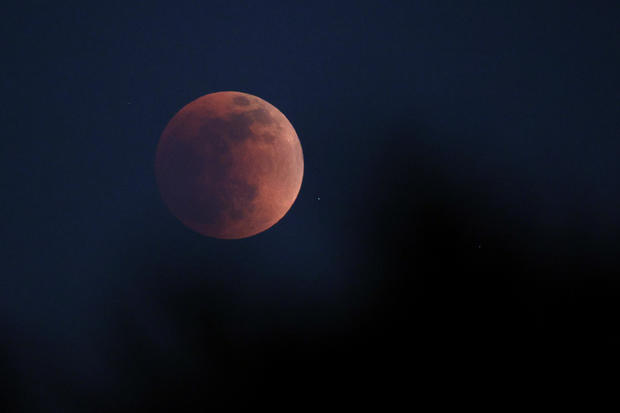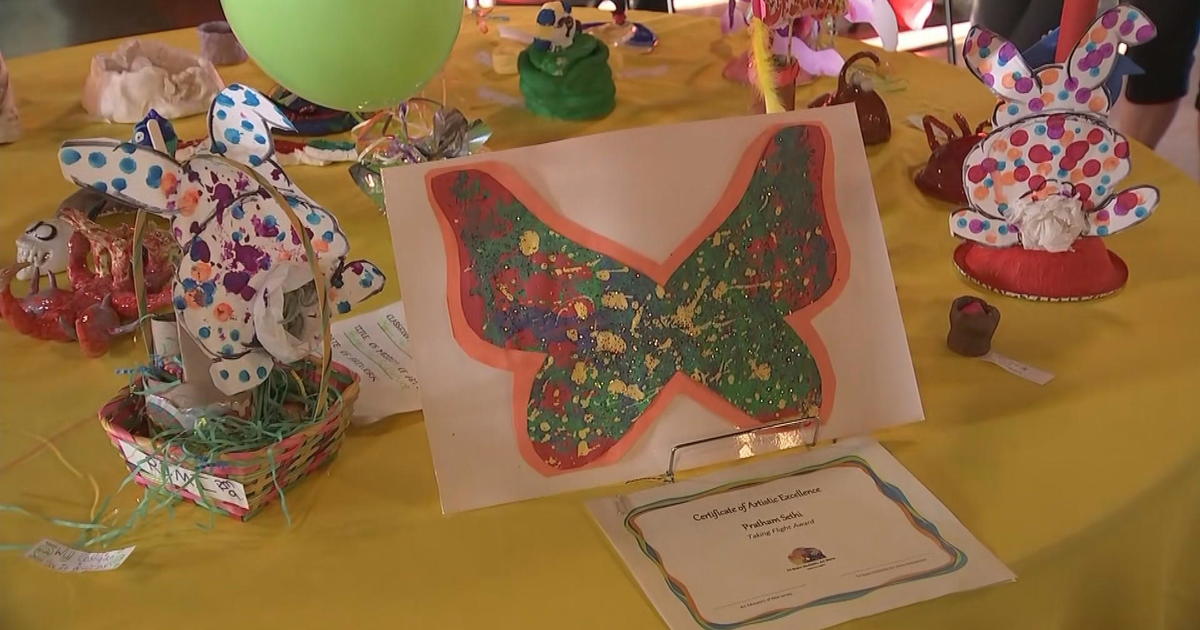Friday brings a full "Flower Moon" and penumbral lunar eclipse. Here's how to see both.
Stargazers will get a special treat as this year's Flower Moon will be accompanied by a lunar eclipse.
The flower moon is one of the names given to May's full moon due to the abundance of flowers associated with spring in the Northern Hemisphere, according to the Old Farmers' Almanac. It has also been called the Planting Moon, the Milk Moon, and the Hare Moon, according to timeanddate.
Last May, millions of people across the Americas, Europe, and Africa were able to see the rare "super flower blood moon," which was a combination of a total lunar eclipse and a full moon at its closest point to Earth, known as a "super moon."
This year, the Flower Moon will also coincide with a penumbral lunar eclipse — when the moon moves through the outer part of the Earth's shadow — slightly dimming the moon, according to NASA.
How and when to see the Flower Moon
The moon will appear full from Thursday morning through Sunday morning, according to NASA.
The moon will appear opposite the sun at 1:34 p.m. EDT, NASA said, which is when it will reach its peak brightness. The moon will be below the horizon in the U.S. at that time, however, so the Farmer's Almanac suggests spectators venture outdoors on Thursday and Friday nights to get the best view of the full moon.
The penumbral lunar eclipse will also occur on May 5, so spectators in Africa, Asia and Australia may see the moon dim slightly, although the effect is easy to miss, according to NASA.
Next year's Flower Moon is expected to take place on May 23, 2024, at 9:53 am EDT, according to timeanddate.
How and when to see the lunar eclipse
The moon will enter a penumbral lunar eclipse on May 5 at 11:14 a.m. ET, according to NASA.
During this lunar eclipse, the moon will drop almost completely below the Earth's shadow and touch only the shadow's outer part, known as the penumbra, which is pale, according to the Farmer's Almanac.
This eclipse will be most visible in the Eastern Hemisphere, specifically in eastern Africa, much of central and eastern Asia, Indonesia, Australia and southern New Zealand, Farmer's Almanac said.
Americans unfortunately will not be able to catch a glimpse of the penumbral lunar eclipse.
